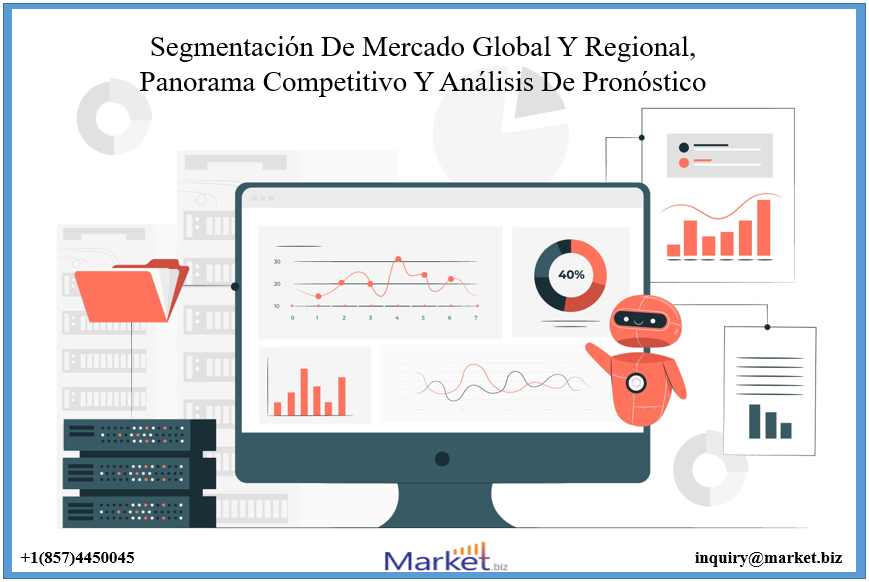There is a belief that post-pandemic consumers are longing for real-life experiences, so this is the right time to create a “pop-up” or pop-up store.
Additionally, there are currently available spaces worldwide. In accordance with Appear Here research in the US, the UK and France increased the available retail space by 125% from June to August 2020. And similar trends can also be observed in other countries, including Latvia.
Many customers are tired of large shopping centers, where the main advantage is a large number of stores of the same type, which can get boring for the consumer. Therefore, many well-known brand companies are reviewing their previous strategies.
The first pop-up shops in Europe and the USA appeared already in the early 2000s, but only now are they gaining more popularity. In the center of the city, in parking lots or simply in the middle of the street, an unusual place appears in the form of a mirror cube or a shipping container, where the products of leading brands of cosmetics, clothing or shoes are located and sold. This type of pop-up store first appeared in the United States when the Los Angeles store Vacant decided to temporarily open an additional sales point in order to quickly sell the required amount of goods. After the sale, which lasted several hours, the store was closed. The management liked this idea so much that it was decided to Vacant to travel the product across the country, opening pop-up stores in different cities. After that Prada, Stella Mccartney, Louis Vuitton, Chanel, Yves Saint Laurent, Red Bull and many others opened their own pop-up shops.
The “pop-up” store is no longer just a retail trend. It has become an integral part of many retail strategies. From new brands looking to gain exposure to established and even luxury brands, it seems that no area of the retail industry has been left untouched.
The success of the pop-up store format is believed to be due to its impermanent nature, as they are usually open for a short period of time, from one day to several months. These types of stores can help satisfy customers’ desire for the new, provide content to talk about and share with others.
A pop-up location requires much less investment than a brick-and-mortar store, which means the retailer can understand what works with less investment and risk. It also allows you to be more innovative – you can try more ideas and see what customers like.
While the rise of e-commerce has led to a shift away from brick-and-mortar stores, many brands are finding that customers still like to experience their products or services in person. Additionally, customers may be even more motivated to buy when they experience the product in-store than when shopping online.
For small businesses, pop-up stores can help gauge potential demand in a particular market. At the right time of year, this can help boost sales significantly and can be repeated year after year. Other brands, on the other hand, use pop-up stores to gain insight as well as increase brand awareness. The brand can take the knowledge gained from the pop-up store and transfer it to the permanent store.
The new wave of pop-up stores isn’t just stores (at least not in the physical, four-wall sense). Brands are increasingly taking advantage of the smartphone to create technology-enabled stores that are “located” where the customer wants them. For instance, Nike SNKRS app. Using it, Nike distributes its own products at concerts, parks and many other public places. Customers are invited to scan menus or take photos of specific items to create new collaborations.
A pop-up store can be a valuable way to convert potential customers into real customers by allowing them to try your company’s products and services for themselves before they buy. In addition, the potential of this approach has not been sufficiently used in Latvia.
–

